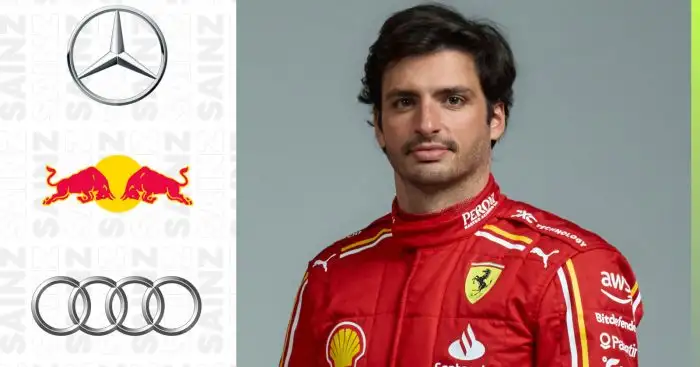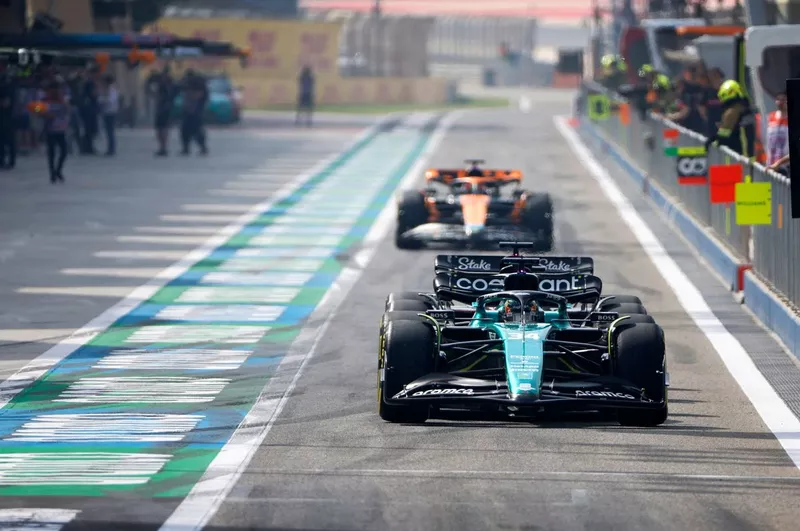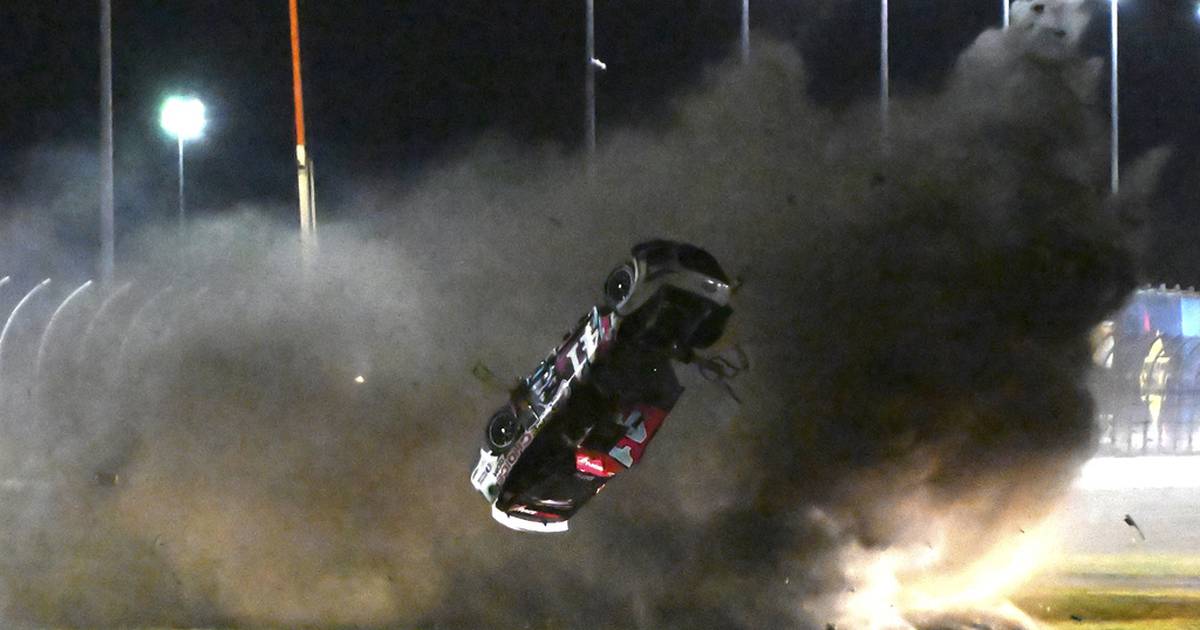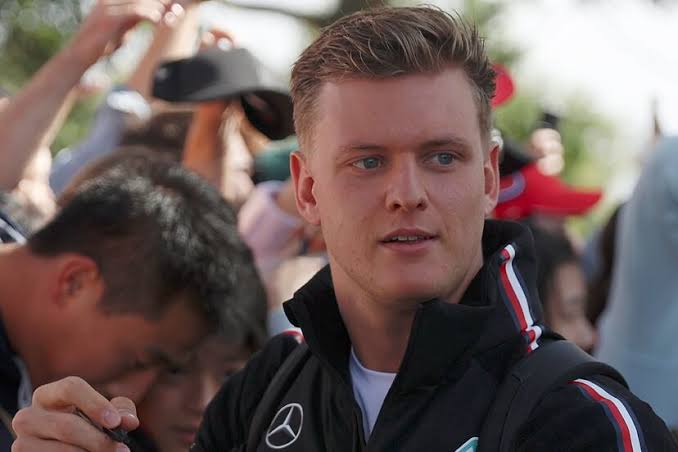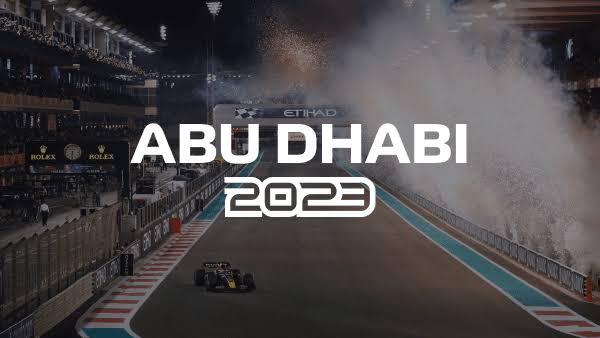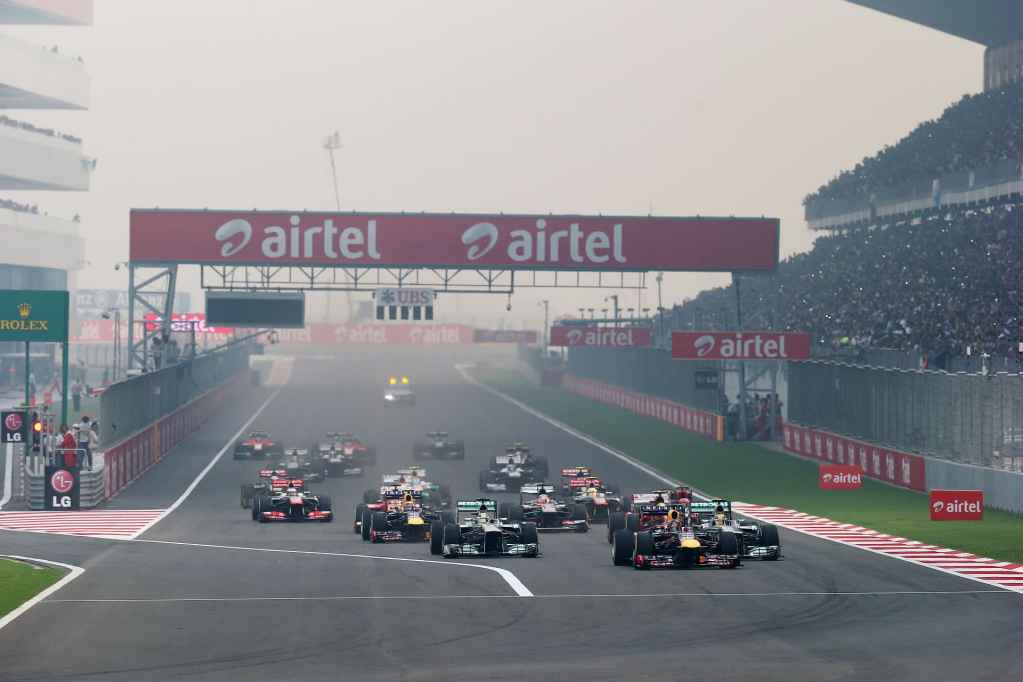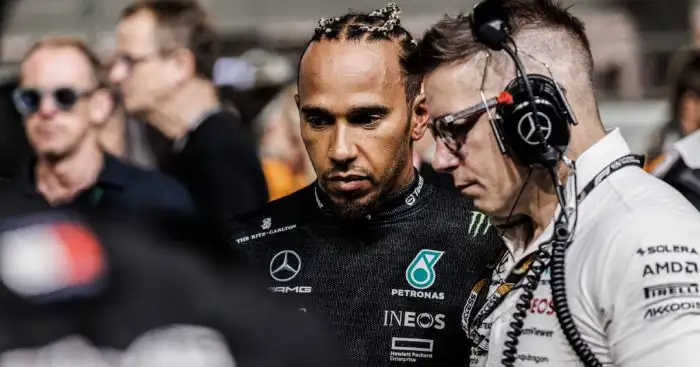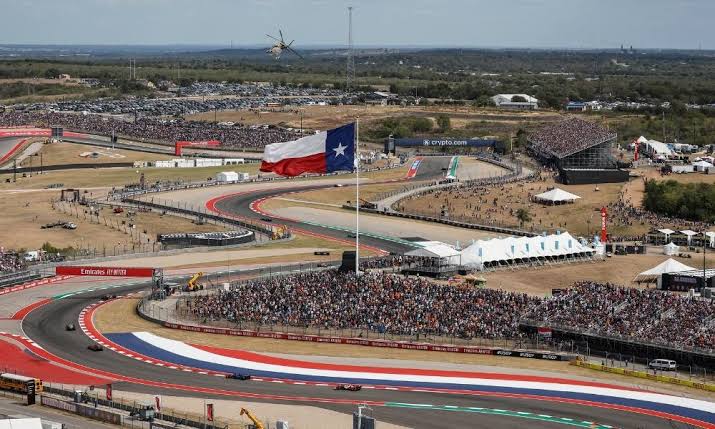What The New Ducati Prototype Means For The Future Of MotoGP
MotoGP, the high-speed world of elite motorcycle racing, stands at a fascinating crossroads. Besieged by technological innovation and fierce competition, the sport never ceases to evolve, with companies like Ducati at the forefront in innovation. Ducati, with a rich history of success and creative engineering, plays a central part in shaping the future of MotoGP. Its recent prototype selections, and more notably those for 2025 and beyond, give a glimpse into strategic thinking and long-term vision behind the Italian giant.
Ducati’s success in MotoGP can be
Ducati’s road to being a power in MotoGP was not a simple one. Early efforts were thwarted, but the company’s unrelenting commitment to innovation eventually paid off. Their Desmosedici, with a strong power unit and distinctive tone, was a testament to Italian engineering prowess.
Key Innovations
Ducati has always been at the forefront in MotoGP, developing innovations that have subsequently become standard. They include:
Desmodromic Valve System: This system eliminates valve springs and allows for more RPM and efficiency in the engine.
Carbon Fiber Chassis Pieces: Ducati were one of the pioneers in making extensive use of carbon fiber to minimize weight and enhance chassis stiffness.
Advanced Electronics: The firm has been at the forefront in developing sophisticated wheelie control, advanced traction control, and engine management systems.
Aerodynamic Development: Ducati’s revolutionary aerodynamic designs, particularly its fairings and wings, have had a strong influence on MotoGP’s technical and visual side.
Riding Talent and Team Dynamics
Apart from technology, another factor contributing to Ducati’s success has been that it has been able to develop and recruit talented riders. World Champions like Casey Stoner and Francesco Bagnaia have been successful with Ducati motorcycles. Besides that, Ducati’s single organizational set-up and evidence-based strategy in racing have also ensured it has remained at the top.
2025 Season: Taking a Calculated Gamble with the Familiar
Early anticipation for the 2025 MotoGP season had centered around Ducati’s unveiling of a completely new prototype. Instead, however, the squad surprised everyone by opting to refine its very successful GP24 model. This was a considered strategy even if it appeared to be a conservative approach.
Reasons for Sticking with the GP24
Certain factors likely influenced Ducati’s decision:
Issues with performance and reliability: The new prototype, wonderful as it was, may have had performance or reliability issues during testing that were not easily resolved.
Engine Freeze Regulations: The impending engine freeze, to continue until the end of 2026, meant that whatever homologated engine was adopted would be frozen for two years. Ducati would not want to commit to utilizing an untested design for such a long period.
Championship Expectations: Having riders like Marc Marquez and Francesco Bagnaia in championship contention, Ducati would have likely emphasized a proven, competitive platform before taking risks with new technology.
Data Acquisition and Development: Ongoing with GP24, Ducati was able to capture valuable information and continue to develop the existing platform, to guide future developments.
Subtleties in the Ducati Camp
While the approach to the engine is consistent, there are nuanced differences in the Ducati camp. Factory teams can be given slightly different chassis parts or aerodynamic kits, giving them a possible edge. This subtle approach allows Ducati to test new ideas with a solid foundation of established performance.
Implications to the 2025 MotoGP Environment
Ducati’s commitment to use the GP24 has implications that extend beyond the 2025 MotoGP season.
Impact on Championship Contenders
Racing the GP24 promises a solid and competitive platform for Ducati’s title challengers. Riders like Marc Marquez and Francesco Bagnaia receive a bike with strong points and stable handling.
Pressure on Competitor Manufacturers
Ducati’s dominance puts enormous pressure on competitors like Yamaha, Honda, KTM, and Aprilia. These teams must do everything they can to close the gap, whether it be with revolutionary advancements or incremental developments. The year in 2025 will be a test to see whether they can keep up with Ducati’s highly-refined package.
Development Strategies and Resource Allocation
Ducati’s conservative approach in 2025 allows the team to focus resources on developing next-gen technologies, like the pivotal prototype in 2027. This long-term approach is required in order to maintain a lead in a shifting regulation environment.
2027 Revolution: A New Era in MotoGP
The year 2027 marks a watershed in the sport with sweeping regulation changes that will radically transform the character of the motorcycles.
Key Regulation Changes Some of the biggest changes include:
Engine Capacity Downsizing: Engines will be downsized from 1000cc to 850cc, and manufacturers will have to redesign engines and power delivery to meet these new capacities.
Aerodynamic Restrictions: Harsh reductions in aerodynamic appendages will shift focus back to mechanical grip and body dynamics.
Ride Height Device Prohibition: The ban on ride height devices will take away a principal avenue through which acceleration and corner exit velocity can be maximized.
Sustainable fuel: Adoption of sustainable fuel mandates.
Ducati’s Early Preparation for 2027
Ducati has already started developing its 2027 prototype with a focus to be in the lead when new regulations come into effect. It’s investing heavily in research and development, exploring new frame designs, new layouts for engines, and electronic control units.
Impact on Racing Style and Rider Capability
It’s predicted that in 2027, regulations will transform the racing style in MotoGP. With fewer ride height and aerodynamics devices to depend upon, skill from the riders will be even more critical. Fine throttle control, smooth cornering, and flexibility will be necessary to be successful.
Challenges and Opportunities for Ducati in 2027
Ducati has challenges and opportunities in terms of regulations in 2027.
Maintaining a competitive edge
Ducati’s challenge will be to maintain competitive edge during such drastic transformation. The team will be required to alter its engineering philosophy and come up with a motorcycle that flourishes in the new constraints.
Uncovering new technologies
New regulations also leave space for innovation. Ducati can innovate with new technologies for engines, new frame designs, and new electronic control units to create a motorcycle that’s fast and easy to ride.
Cost Management and Sustainability
2027 regulations also prioritize sustainability and managing costs. Ducati must balance looking for performance with cutting back on costs and minimizing environmental impact.
Broader Significance to MotoGP
Ducati’s choices have wider implications for what MotoGP’s future will be. Creating a Technological Horizon Ducati innovations have a tendency to pave the way for everyone else. The way that the team goes about the regulations in 2027 will dictate the direction for technological progress in MotoGP for years to come. Recruiting new fans Dramatic events in 2027 could win MotoGP new fans. The trend towards more skillful riders and more competitive racing could make it more appealing to a wider audience.
Ensuring a Sustainable Future
Ducati’s emphasis on sustainability and managing costs will be essential to making MotoGP a sustainable sport in the long term. By embracing these principles, Ducati can make a contribution to a more sustainable and responsible sport.
Conclusion: Ducati’s Enduring Legacy in MotoGP
Ducati’s recent prototype decisions, from continuing with the GP24 in 2025 to already working on its 2027 bike, reflect a strategic and long-term vision. The Italian brand is committed to developing motorcycle technology while guaranteeing a sustainable and competitive future for MotoGP.
With each passing year, Ducati’s influence will undoubtedly continue to shape the landscape of high-level motorcycle racing. Its history of innovation and a complete understanding of racing dynamics make Ducati a key player in shaping MotoGP’s future. The coming years will be filled with expectation as Ducati and rivals fight to dominate in this high-speed and technologically demanding sport.



